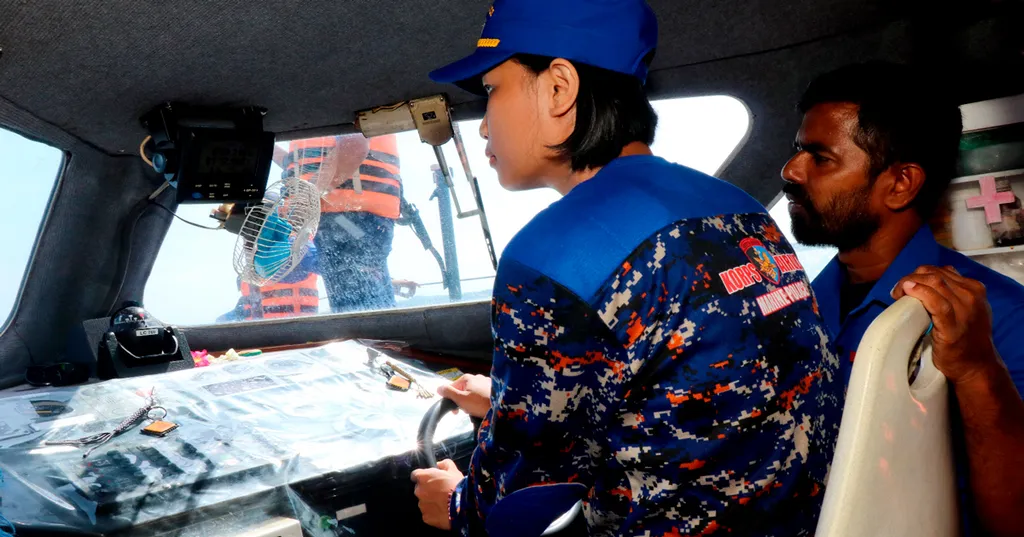In a significant stride towards enhancing workplace safety in the maritime and manufacturing sectors, researchers have developed a novel framework for real-time risk governance of noise and fumigant hazards. The study, led by Hosein Esmaeili from the Department of Industrial Management at the Science and Research Branch of Islamic Azad University in Tehran, Iran, presents an integrated approach to monitoring combined risks, aligning them with occupational exposure limits (OELs).
The research, published in the journal ‘بهداشت و ایمنی کار’ (translated to English as ‘Occupational Health and Safety’), addresses a critical gap in the industry. Traditionally, occupational noise and fumigant gases have been assessed separately, despite their simultaneous impact on workers’ health. Esmaeili’s team integrated data from the Global Burden of Disease (GBD) 2021 study, including age-standardized disability rates and average annual percentage change for 204 countries, with occupational exposure limit tables for fumigants.
The proposed framework employs a Sugeno-type fuzzy inference system with three inputs and four rules. The team optimized the system’s weights and membership function boundaries using the Prairie Dog Optimization algorithm. Additionally, they applied a threshold-based scenario generation module to produce high-risk synthetic data, improving data coverage in high-risk regions from 0.62 to 0.90 and increasing the accuracy of critical condition detection from 0.71 to 0.89.
“The proposed optimization reduced the loss function by 42% compared to random search,” Esmaeili noted. The mean absolute error was 0.028 ± 0.006, and the root mean square error was 0.041. The OEL compliance index reached 0.93, confirming that input weighting was the most influential factor.
For maritime professionals, this research offers a promising tool for real-time monitoring of combined risks, ensuring numerical accuracy, interpretability, and regulatory compliance. The framework can be deployed within real-time monitoring dashboards for ports and factories, providing a proactive approach to workplace safety.
The commercial impacts of this research are substantial. By integrating this framework into their operations, maritime and manufacturing companies can reduce the risk of occupational illnesses and accidents, leading to lower insurance premiums, reduced downtime, and improved worker morale. Furthermore, the framework’s compliance with OELs ensures that companies meet regulatory standards, avoiding potential fines and legal issues.
Esmaeili suggests that future research should integrate IoT sensors and multi-objective optimization to enable dynamic updates in response to evolving regulations and operational conditions. This could further enhance the framework’s effectiveness and applicability in various industries.
In essence, this research provides a robust, interpretable, and regulation-oriented framework for predicting combined risk in real-time. It’s a significant step forward in occupational health and safety, with considerable benefits for the maritime and manufacturing sectors.

